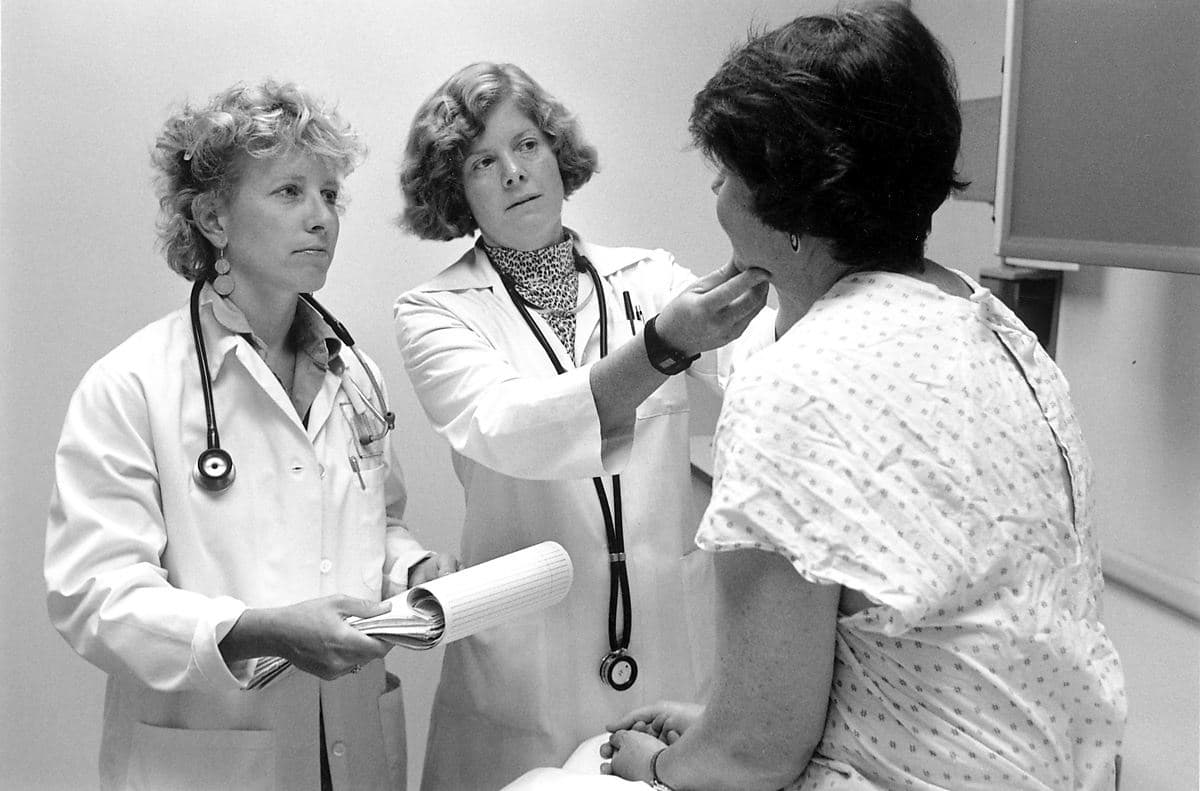
In 1908 the health care system became virtually unrestricted and health care was virtually absent. The medical profession practiced at home with the patient. Most hospitals had minimal treatment. They were both non-regulated by the law. When patients visited the physician, they were more concerned for how they'd get back to working than for the costs of the medical. Medicine is primitive, and physicians cannot treat almost every disease.
Winston Churchill paid tribute to Britain's doctors and credited Britain's destiny to health. Churchill said that he had argued that the longer we can go back and see the past the better the future. In the following years, the United Kingdom incorporated the National Health Service as the main health insurer. We can look back 100 Yrs to the tumultuous 1920s. We want to know what health is going to unfold in the 20th century.
The major pharmaceutical breakthroughs in recent years were the use of insulins and penicillin. Through the twentieth century new technology and the new sciences led to the discovery of vitamins and an increase in understanding about hormones and bodychemistry. New medicines and vaccines came out following ten-year research efforts.
The 1920s were an exciting decade in medicine especially in medicine. New technology and research led to discoveries of vitamins, improved understanding of hormonal and body chemistry. New medicines were introduced following a decade-old research program.
By the 20th century, a hospital was where a patient would have the opportunity to seek treatment or be cured. Until recently, hospitals have reduced their traditional charitable role to create prestige institutions attractive to the lower middle classes.
From physicians and commercial insurers [1]. Yet it was in the early 1900s that regulation and organization of health professions began to take hold. Membership in the American Medical Association (AMA) increased from 8,000 in 1900 to 70,000 in 1910 [2]. In 1904, the AMA formed the Council on Medical Education to establish physician licensure standards. The 1910 Flexner Report on medical education recommended stricter entrance requirements, better facilities, higher fees, and tougher standards for medical students [3].
he tripartite academic model promulgated during the 1920s remains largely intact today. It's showing its age. Despite a century's worth of medical advances, the American healthcare system was unprepared and ill-equipped to address the COVID-19 pandemic. COVID-19 exposed weaknesses in healthcare's supply chain, the inadequacy of the nation's public health infrastructure, the health risks of unchecked chronic disease and profound disparities in access to healthcare services.
Specifically, doctors worried that third-party payers would lower their incomes by restricting their ability to set their own fees. In response, physicians established a network of their own insurance plans covering physician services. These plans, known as Blue Shield, preempted the hospital-oriented Blue Cross plans from entering into the primary care sector. Meanwhile, in 1935, the Social Security Act was passed without a health insurance component.
Few medical schools met Flexner's standards. He recommended closing more than 120 of the 150-plus medical schools then operating in the country. Response to the Flexner Report was rapid and profound. Within four years, 31 states refused to license graduates from substandard medical schools. Within 10 years, almost a hundred medical schools closed or merged. Despite a fast-growing population, the number of U.S. medical students dropped from 28,000 in 1904 to just 14,000 in 1920.
The list shown below of Nobel Prize Laureates and their discoveries highlights these important developments. Major Medical Breakthroughs included Insulin and Penicillin Throughout the 1920s, new technologies and new science led to the discovery of vitamins and to increasing knowledge of hormones and body chemistry.
With the support of the American Medical Association, the Carnegie Foundation engaged Abraham Flexner in 1908 to survey medical education in the U.S. and Canada. Flexner published his findings in 1910. The Flexner Report revolutionized American medicine. It called for rigorous admission criteria, adherence to scientific protocols and state regulation of medical organizations.
Certainly the next U.S. president and Congress will be under pressure to give greater attention to many aspects of the health care delivery and financing systems. For the moment, the U.S. continues to spend 50 percent more on health care as measured by its share of the GDP (gross domestic product), than any other developed country. In 2006, health care spending accounted for over 16 percent of the U.S. GDP [23].
It was cheap. And not very effective. We knew a little bit about vaccines, bandages, but almost nothing about blood transfusion and the like. A whole host of medical technologies that we take for granted today did not exist. Heck, even hospital-borne infections were quite common.
They objected to competition based on price as “unprofessional.” This group felt that even voluntary health insurance would lead to a compulsory national health insurance, as was in place in many European countries. Georgia's Dr. Roberts supported the work of the committee and signed the final report.
The decade witnessed breakthrough discoveries (penicillin, insulin, vitamins), dramatically reduced communicable diseases, advancing diagnostics and the dramatic expansion of public health departments. By the close of the decade, America had become the global leader in medical research and clinical care. The tripartite academic model promulgated during the 1920s remains largely intact today.